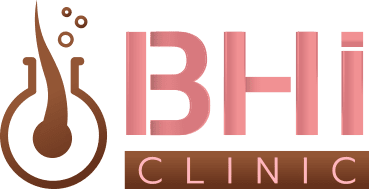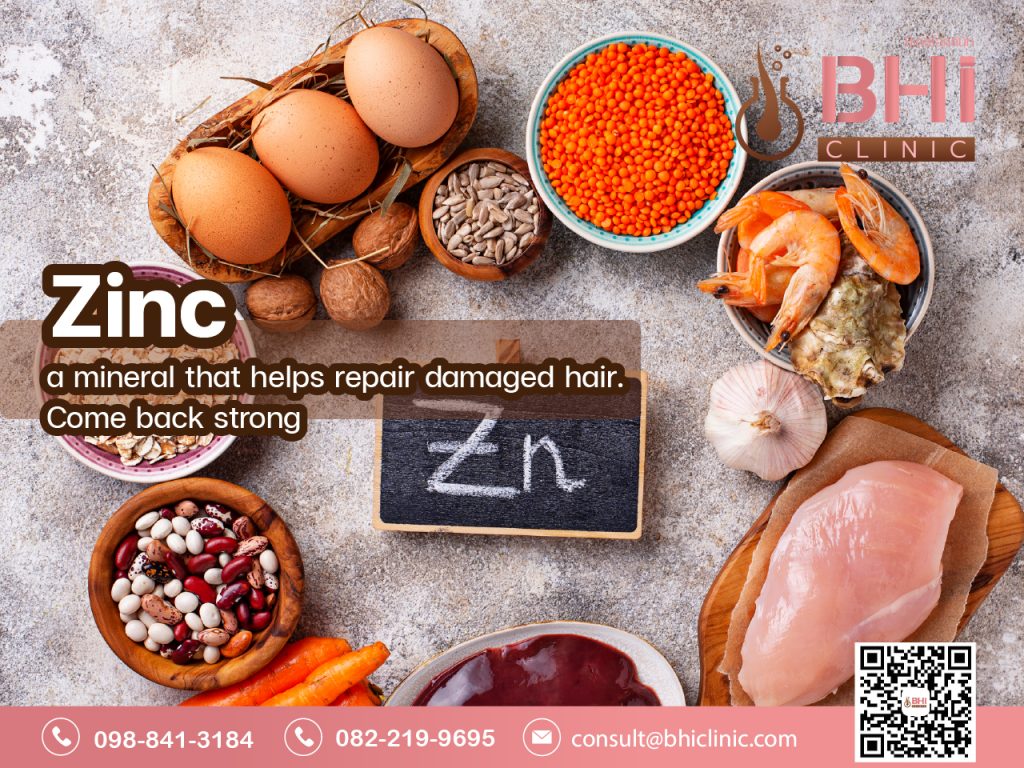Introduction Low-Level Laser Therapy
Are you tired of dealing with thinning hair and longing for a natural solution to stimulate hair growth? Low-Level Laser Therapy (LLLT) may be the answer you’ve been searching for.


Are you tired of dealing with thinning hair and longing for a natural solution to stimulate hair growth? Low-Level Laser Therapy (LLLT) may be the answer you’ve been searching for.
Low-Level Laser Therapy, also known as red light therapy or cold laser therapy, is a non-invasive treatment that uses low-level lasers or light-emitting diodes (LEDs) to stimulate hair follicles, improve hair growth, and combat hair loss. This innovative technology has gained popularity for its effectiveness and minimal side effects, making it a preferred choice for those seeking a safe and drug-free approach to hair rejuvenation.
LLLT works on the principle of photobiomodulation, a process in which low-level laser or LED light stimulates cellular activity within the hair follicles. Here's how it can help promote hair growth:
While LLLT has shown promise in stimulating hair growth and combating hair loss, it is not without limitations. Understanding these limitations and setting realistic expectations is essential when considering LLLT as a hair restoration option. Consulting with a qualified healthcare professional or dermatologist can help determine if LLLT is the right choice for your unique hair loss concerns and goals.


